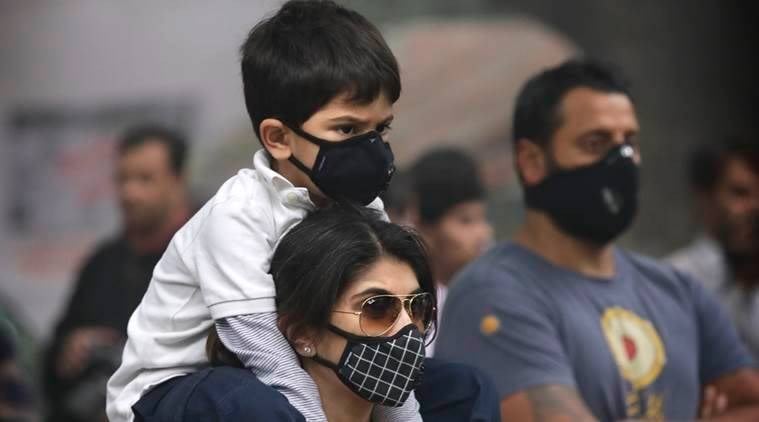 Using the three-dimensional Variational Data Analysis (3DVAR) devised by the group, the variations in PM2.5 level were tracked and validated during two winter seasons between 2017 and 2019.
Using the three-dimensional Variational Data Analysis (3DVAR) devised by the group, the variations in PM2.5 level were tracked and validated during two winter seasons between 2017 and 2019.
A team of researchers, with funding from the Earth Sciences Ministry (MoES), has devised a system capable of almost accurately tracking variations in air quality in Delhi during events of biomass burning and correspondingly issuing timely forecasts up to 72 hours in advance. The newly-devised air quality prediction system is an upgrade over the one operated by MoES, which mainly detects the presence of PM2.5 dust particles. Every year between October and December, the air quality over Delhi drops to dangerous levels, triggering respiratory-related illnesses and hitting visibility.
A team of Pune-based scientists, led by Sachin Ghude of Indian Institute of Tropical Meteorology (IITM), along with those from Savitribai Phule Pune University (SPPU), Centre for Development of Advanced Computing (C-DAC), and researchers from Indian Institute of Science (IISc), Bangalore, and National Centre for Atmospheric Research, USA, have jointly worked on it. Using the three-dimensional Variational Data Analysis (3DVAR) devised by the group, the variations in PM2.5 level were tracked and validated during two winter seasons between 2017 and 2019.
Researchers say predicting air quality in advance over any region is difficult due to the direct link between local weather and the concentration of chemical gaseous matter that mix with the air. “Still, large uncertainties are present in the prediction of atmospheric aerosols and locating the emission inventories, and limited understanding in the formation of secondary aerosols, among other factors. Chemical data is needed in model assimilation, which has been found to provide better outputs in terms of real-time forecasts,” stated the study by the researchers.
“Chemical data assimilation can boost operational weather forecast as the variability of PM2.5 over Delhi was found to be very large. Local weather also plays a major role in accurate forecast of PM2.5, which has high levels of uncertainties due to wind speeds at surface and inventory chemicals,” the researchers said.